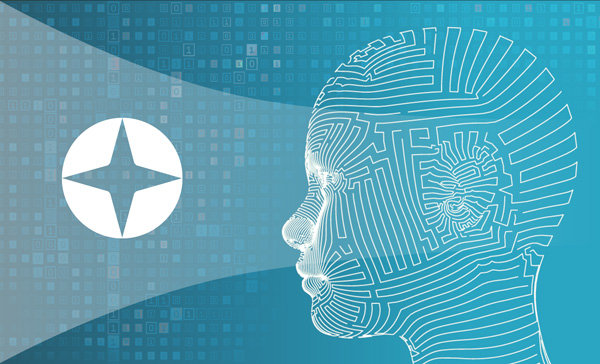Every boardroom has heard the promises. Every transformation initiative begins with optimism. Yet the statistics remain stubbornly grim:
70% of digital transformations
fail, with large projects delivering
56% less value than initially predicted
, according to McKinsey & Company.
After decades of working with organisations across a variety of industries, we keep hearing the same frustrated voices:
"The software we implemented last year no longer meets our current needs" — CIO, Insurance Company
"We're spending millions on software projects, but the value realisation just isn't there" — CFO, Higher Education
"We aren't getting the value from our software because I cannot get anyone to use it" — Transformation Director, Housing Association
These aren't isolated incidents. They're symptoms of a fundamental problem that the industry refuses to acknowledge.
The Usual Suspects (And Why They're Not the Real Problem)
When projects fail, we reach for familiar explanations:
- Too many bugs in the software
- Poor user interface design
- Failed governance structures
- Incompetent implementation teams
- Inadequate change management
While each of these factors plays a role, they're all symptoms pointing to a much bigger, more fundamental issue that grows worse the longer you wait to address it.
The Real Culprit: The Maturity Gap
Think about the timeline of your last major software implementation:
- Business case approved: 6 months ago
- Requirements documented: 4 months ago
- Software selected: 3 months ago
- Implementation completed: Last month
- Full user adoption: Hopefully next quarter
During this entire period, what happened to your business? Did your strategic priorities remain frozen? Did market conditions stay constant? Did your team structures remain unchanged? Of course not. Your business continued evolving while your software remained locked in time, built to solve problems as they existed 6-12 months ago. We call this the maturity gap.
The maturity gap is the widening disconnect between the evolution of the business and the static nature of their software.
Why This Problem Is Getting Worse
The pace of business change is accelerating. Consider this reality check: Between 2013 and 2022, the median tenure of CEOs at S&P 500 companies dropped by 20% to just 4.8 years.
This means leadership priorities often change midway through a transformation project. Add the rapid rise of AI, automation, and shifting market dynamics, and it becomes clear that traditional software implementations simply can't keep pace with modern business evolution.
The Cost of Misalignment
When software falls behind business needs, organisations face expensive choices:
- Invest in costly customisations and reconfigurations
- Purchase additional tools to fill gaps
- Launch entirely new transformation initiatives
- Accept underperformance and missed opportunities
None of these options deliver the ROI promised in your original business case. Most lead to a cycle of perpetual software replacement and transformation fatigue.
What If There Was a Better Way?
What if we could build technology that evolves alongside your business? What if software could automatically adapt to changing needs without costly reconfiguration or endless human intervention?
In our next post, we'll explore how this misalignment manifests during the software selection process, creating an impossible choice that sets organisations up for failure from day one.


